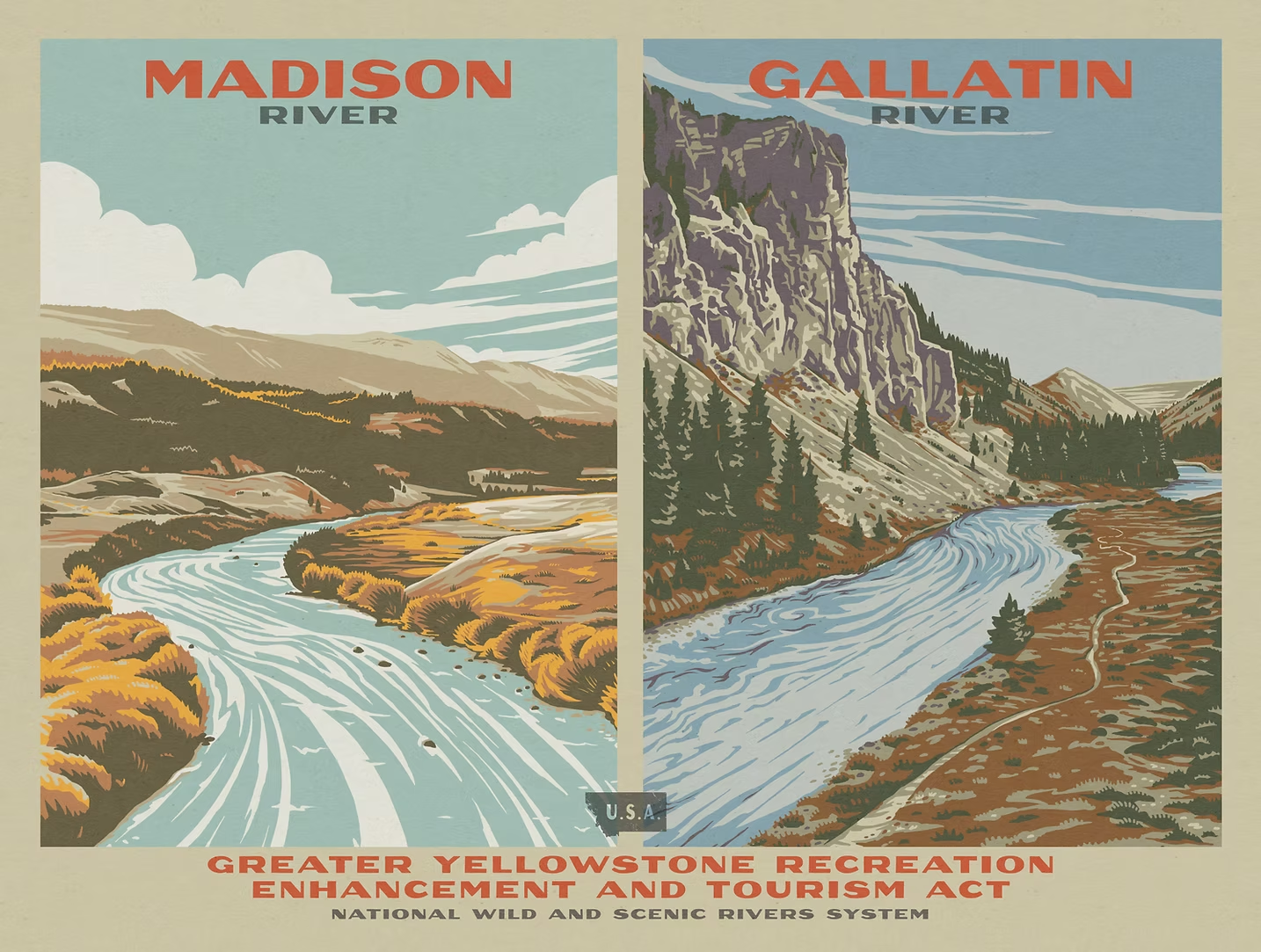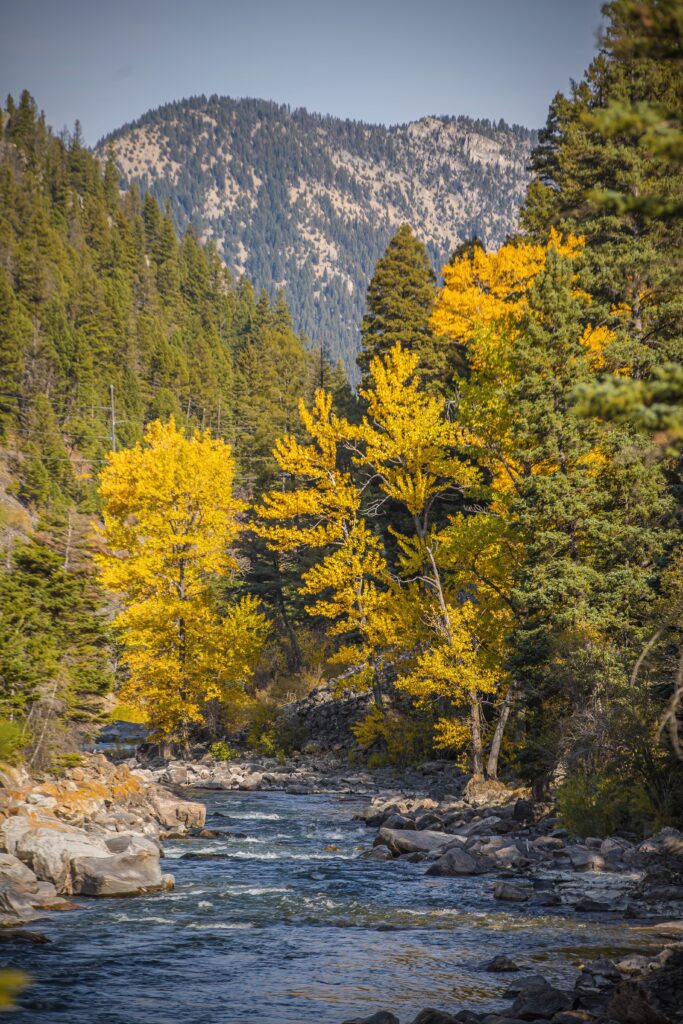By Kristin Gardner GUEST COLUMNIST

Twenty-five years ago, as a graduate student at Montana State University, I began working on the Gallatin River. In the evenings, after a day of collecting water samples and measuring streamflows, I’d start casting.
The river would come alive—bugs dancing, trout rising, the light turning everything golden. The precision of science gave way to the poetry of fly fishing. It was a beautiful contrast. Data gave me purpose, and the river gave me inspiration. Today, as the chief executive and science officer of the Gallatin River Task Force, both give me a responsibility to protect this incredible place. Right now we have a truly rare opportunity to do just that—permanently protect two of southwest Montana’s most iconic rivers, the Gallatin and the Madison.
On Aug. 1, Rep. Ryan Zinke introduced the Greater Yellowstone Recreation Enhancement and Tourism (GYREAT) Act, a landmark piece of legislation that, if passed, would be Montana’s largest contribution to the Wild and Scenic Rivers system since 1976. The Act would designate nearly 100 miles of new protections across the Gallatin and Madison watersheds, including the entire 39 miles of the Upper Gallatin River.
The bill is a culmination of more than a decade’s worth of grassroots organizing, public engagement and common-sense compromise—the benchmarks of how good policy gets put to work in Montana—through a transparent, thorough and inclusive process.
From its headwaters in Yellowstone National Park to its confluence with the Missouri River, the Gallatin River is our community’s life force. We know from our work that its cold clean waters support healthy trout and aquatic insect populations, abundant wildlife, vital agriculture activities, and a world-class outdoor recreation economy. Similarly, the Madison River is also an ecological, cultural and economic powerhouse, vital to both local ranchers and the outdoor industry businesses that welcome visitors from within Montana, across the country, and around the globe.
Healthy rivers don’t happen by accident. They are the result of generations of dedicated stewardship, and without substantial action, they are at risk. Faced with increasing pressures, these rivers need our help. This is why the time is now for the GYREAT Act.

This bill perfectly balances Montana’s needs with its enduring values by protecting access, allowing for continued agricultural use, and ensuring continued operation of existing dams. Putting this legislation to work will secure our future, protecting these free-flowing stretches of the Gallatin and Madison rivers that possess exceptional scenic, cultural, economic and ecological values.
Montana has fallen behind neighboring states in Wild and Scenic River protections. Idaho has nearly 900 protected river miles and Oregon has almost 2,000, while Montana has just 388. With increasing climate uncertainty and pressure on our public lands, it’s Montana’s time to match our actions to our values.

This is our moment. We applaud Rep. Ryan Zinke’s leadership to protect our most cherished assets, and we urge further support from our fellow Montanans and our elected leaders in Washington. We need to protect what makes Montana special—our clean, cold, free-flowing rivers. We don’t get many chances like this. Let’s not waste it.
Read and sign your name in support of the GYREAT Act on the Montanans for Healthy Rivers website: healthyriversmt.org/gyreatact
Kristin Gardner is the chief executive and science officer of the Gallatin River Task Force, where she is focused on protecting, restoring, and inspiring stewardship of the Upper Gallatin River. For the past 25 years, she has been building a data set on the Gallatin, which she and her team use to inform their work. She lives in Big Sky with her husband, son, and yellow lab assistant, Thea.














